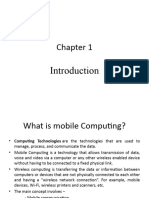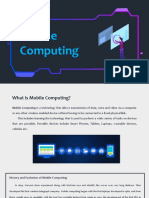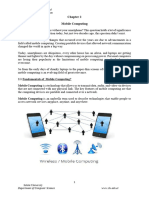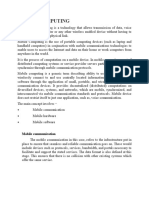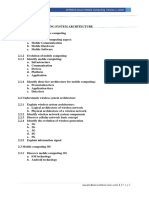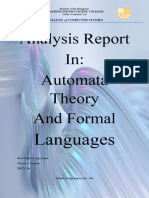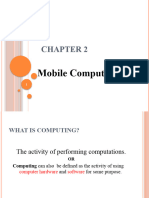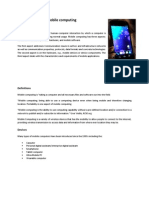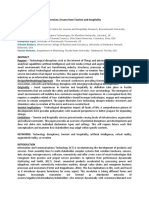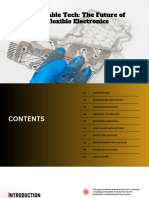0% found this document useful (0 votes)
26 views26 pagesChapter 2 Mobile Computing
Mobile computing enables wireless data transmission between devices without physical connections, encompassing mobile communication, hardware, and software. It includes various applications such as internet access, GPS, and entertainment, and utilizes devices like smartphones, laptops, and tablets. However, it faces challenges like high costs, device mobility issues, and security concerns, which can be mitigated through technologies like VPNs and encryption.
Uploaded by
kassahunyemaryam21Copyright
© © All Rights Reserved
We take content rights seriously. If you suspect this is your content, claim it here.
Available Formats
Download as PPTX, PDF, TXT or read online on Scribd
0% found this document useful (0 votes)
26 views26 pagesChapter 2 Mobile Computing
Mobile computing enables wireless data transmission between devices without physical connections, encompassing mobile communication, hardware, and software. It includes various applications such as internet access, GPS, and entertainment, and utilizes devices like smartphones, laptops, and tablets. However, it faces challenges like high costs, device mobility issues, and security concerns, which can be mitigated through technologies like VPNs and encryption.
Uploaded by
kassahunyemaryam21Copyright
© © All Rights Reserved
We take content rights seriously. If you suspect this is your content, claim it here.
Available Formats
Download as PPTX, PDF, TXT or read online on Scribd
/ 26






